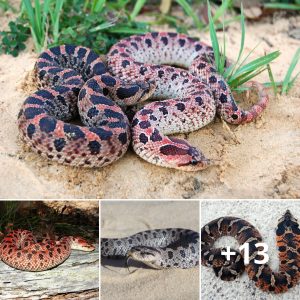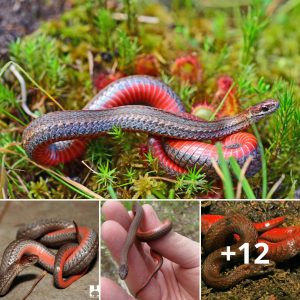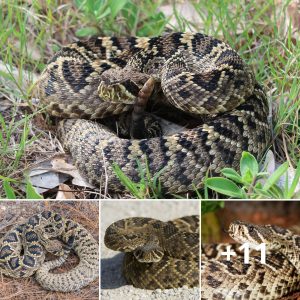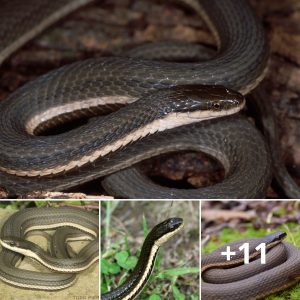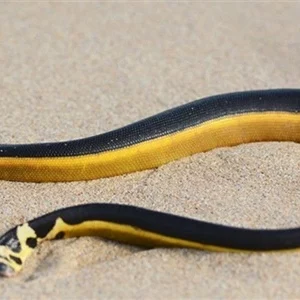Intriguing Insights into the Life and Habitat of the Timber Rattlesnake: An Iconic Species of North American Wilderness

Crotalus horridus
VENOMOUS
Description: Timber rattlesnakes are large, heavy-bodied snakes characterized by dark crossbands or chevrons on a lighter background. This species usually has a black tail, but there is considerable variation in the overall color of individual snakes. In the mountains, timber rattlers are usually yellow, dark gray, or sometimes almost solid black. In the Piedmont and Coastal Plain, timber rattlers, or “canebrakes” as they are known, have a pinkish background color and often a brown or orange stripe running down the middle of the back.
Feeding/Diet: Timber rattlesnakes are ambush predators that feed primarily on rodents. However, they will sometimes take birds that venture too near to them.
Habitat/Range: Timber rattlesnakes are most common in the mountains and Coastal Plain. They have disappeared from most of the Piedmont due to agriculture and development. Timber rattlesnakes inhabit forested areas, and in the mountains, they will often hibernate together in large numbers.
Reproduction: Timber rattlesnakes mate during the late summer or fall and the females give birth to 5–20 young the next year. In the mountains, the females do not usually reproduce until they are 9–10 years old and then only reproduce every 3–4 years. Consequently, many timber rattlesnake populations are likely to disappear if adult numbers are threatened.
Miscellaneous: The timber rattler is one of the species of snakes typically used by religions that practice snake handling. Most timber rattlers are reluctant to rattle or bite, and instead, rely on their excellent camouflage for protection. The venom of timber rattlers is very toxic, and deaths from their bites have been recorded.
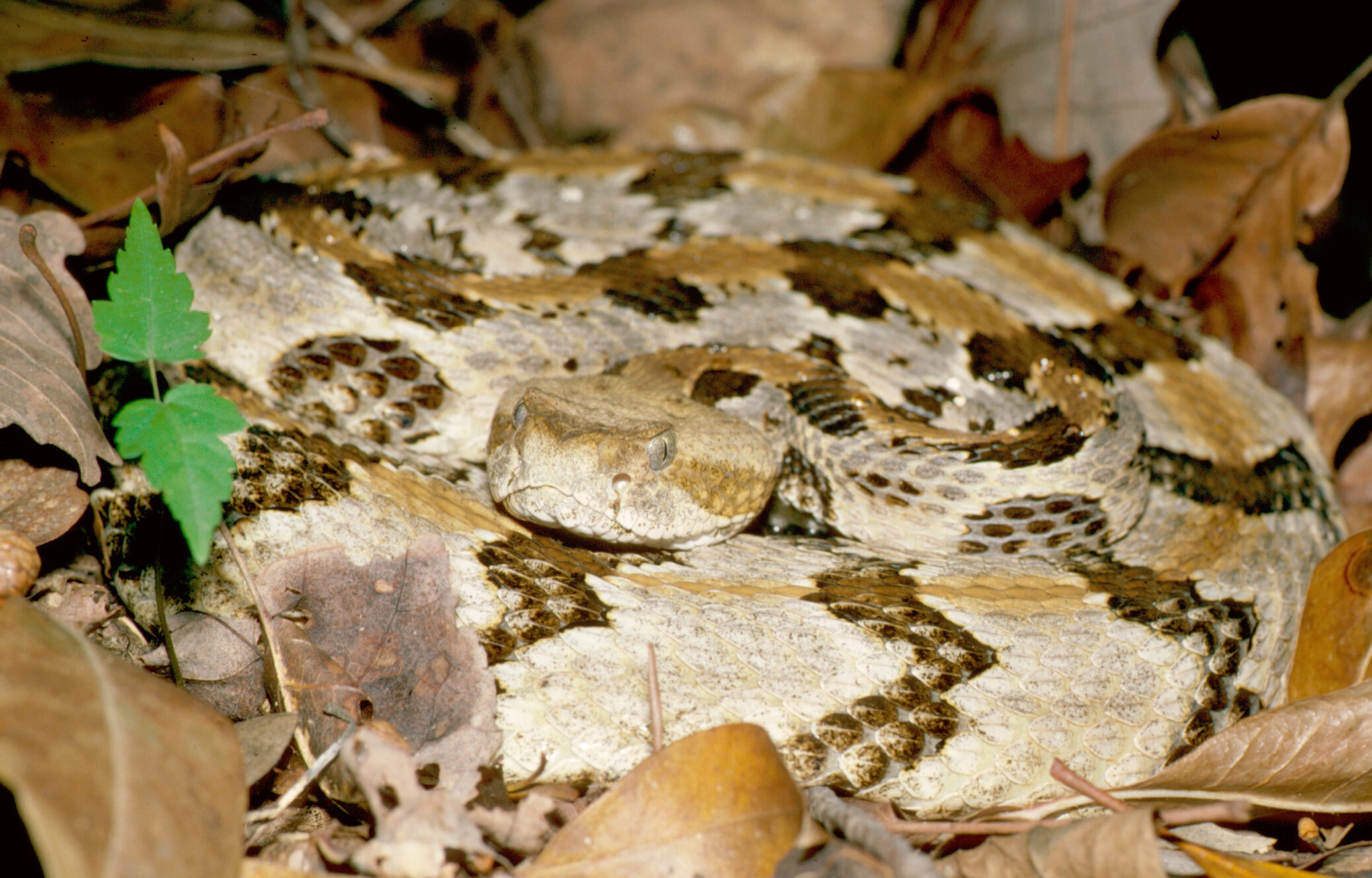
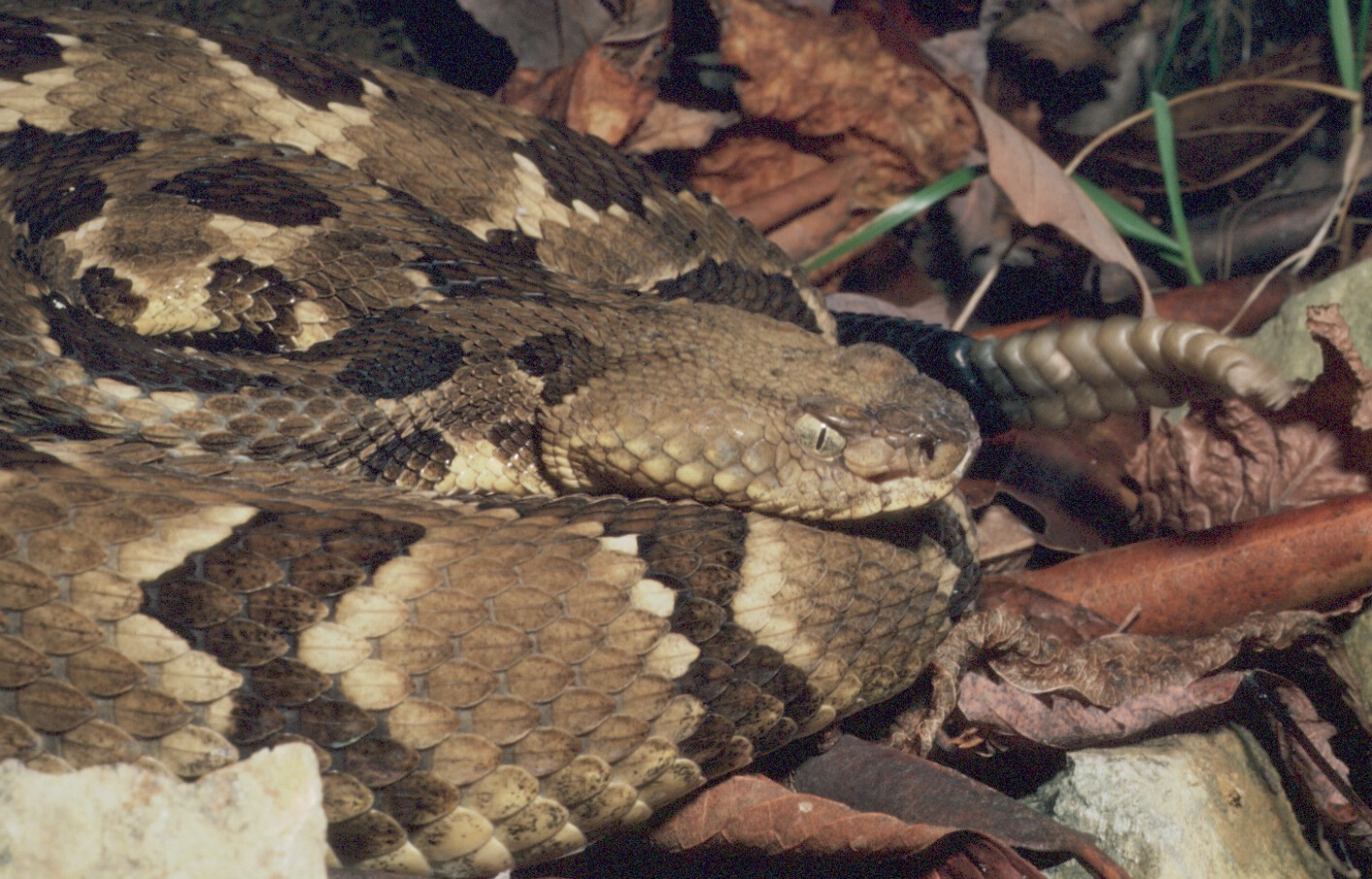



Photo by John Sealy
